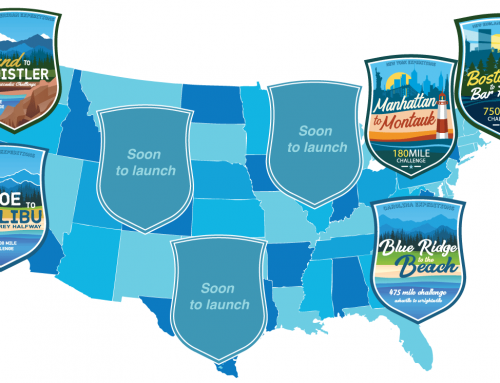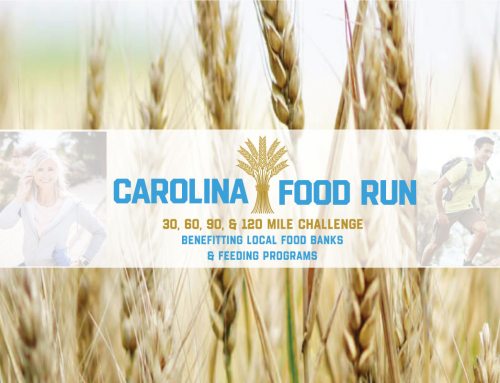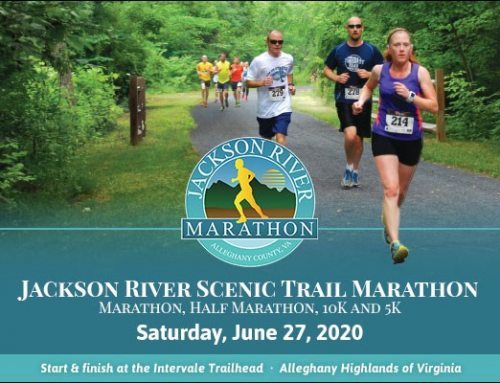The Endurance Sport of Cancer Science
By Joe Nuss
In her play “Let Me Down Easy,” veteran movie and television actress Anna Deavere Smith explores the topics of medical care and end-of-life issues, like cancer. To create it, Smith used the exact words of people she interviewed – more than 300 in all, including Lance Armstrong – about their experiences being ill or taking care of the sick. In a particularly memorable moment, a character named Mya observes that giving chemotherapy to cure someone of cancer is like hitting a dog with a stick to get rid of fleas.
The goal of chemotherapy is to stop the growth of cancer cells, and for millions of people, it helps treat their cancer effectively, enabling them to enjoy a full and productive life. But because the chemicals used in chemotherapy are delivered to the whole body, they can also kill or inhibit the growth of normal cells, causing terrible side-effects and limiting the maximum dose. If scientists could more specifically target cancer cells, treatment would be more effective and side effects lessened.
“The first problem is that cancer is not just one disease. Even a cancer that we think of as one disease, like breast cancer, is actually made up of many different subtypes,” says Dr. Jason Lieb, Professor of Biology at UNC Chapel Hill and the Director of Carolina Center for Genome Sciences. “To diagnose a specific type of cancer for treatment a pathologist will typically use a microscope to look at cells taken during a biopsy. It’s a very difficult task.”
“A more powerful way to make that diagnosis,” says Lieb, also a member of UNC Lineberger Comprehensive Cancer Center, “is molecular profiling of cancers. So, you can subdivide the different types of cancers into groups depending on their molecular characteristics.”
To better understand the difficulties of such profiling, consider that in each cell there is about six feet of DNA all packed tightly into the nucleus of a cell, which is about 6 microns (6 millionths of a meter, or 1/5000th of an inch) in diameter. But if the packing process is disrupted somehow, either by mutation to a gene or by some other mechanism, those proliferating cells may “forget who they are” and how to do their assigned job in the body. Once cells lose their identity, they are often the path to becoming cancer. Ultimately, those cells may proliferate to the extent that they compromise the function of essential organs, resulting in death.
Lieb and his team at UNC have developed a technique that can pinpoint genes that are mispackaged in cells. This technique can be used to distinguish one cancer subtype from another, in some cases more accurately than traditional microscope-based methods.
“The reason why this is important is because the different molecular subtypes of cancer respond differently to treatment,” says Lieb. “It’s important at the beginning to identify what subtype you have so you are not given a treatment that might be ineffectual.”
Discoveries like Lieb’s are just the type that could lead to better, more personalized cancer therapies. But getting access to the billions of dollars being funneled into cancer research is an endurance event in itself. Scientists like Lieb must write up proposals and send them off to funding agencies. The process, from the time writing of a grant starts to the time it gets approved and an organization receives funding, is typically 6 to 12 months, and sometimes even longer.
“The hardest part,” says Lieb, “is when you feel like you have a really great idea and you know that these experiments are important and they are going to work and you send your grant out and you get the reviews back and you realize it’s not going to get funded. It’s difficult because it’s not just you who is doing the research– there’s a group of people in your laboratory who are doing the research and they’re counting on you to get that money so they can do their work.”
Lieb, a runner and triathlete, likens the process to undertaking an endurance sport like triathlon where mental toughness and doggedness of approach are essential to success.
“You know in the back of your mind that not everyone who starts on this path is going to succeed,” says Lieb. “But, in order to even attempt it, you have to be an optimist. You have to believe that you can do it.”
Scientists, like athletes, will experience highs and lows over the course of their journey. As in triathlon, the people who succeed in science tend to be incredibly focused, adds Lieb.
“You have to have a certain amount of confidence about your motivations because once you get into actually doing experiments there is a lot of failure involved. But, in order to get through those periods – as in training where there are setbacks and injuries – you have to remember why you’re doing it in the first place. You have to dust yourself off, get up and do it again. A lot of it is understanding the big picture – understanding and beating cancer.”







